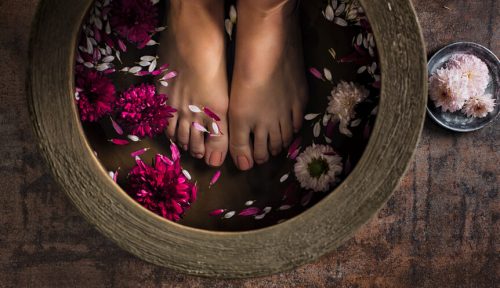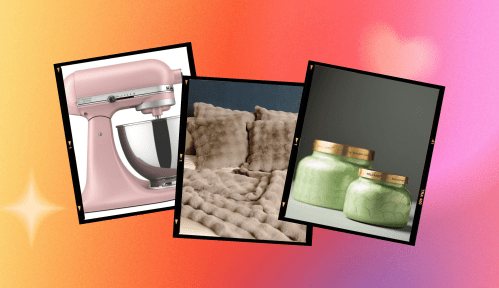Our editors independently select these products. Making a purchase through our links may earn Well+Good a commission
Whether you ran a marathon for the first time, went on a hot girl walk with your besties, or embarked on a nature hike this year, your feet—quite literally—carried you through. In an effort to thank them for all the hard work they put in, we’re looking back at all the foot health advice expert podiatrists shared with us this year. From how to pick out the best shoes for hammertoes to what exactly a ‘foot facial’ entails, we gained a wealth of information about how to best keep your soles in check.
Experts in This Article
board-certified podiatrist at Progressive Foot Care
board-certified surgical podiatrist
podiatrist and professor at the New York College of Podiatric Medicine
board-certified podiatrist and founder of Step Up Footcare in New York City
aesthetic podiatrist and podiatric foot surgeon
board-certified podiatrist, foot surgeon, and founder of Fix Your Feet
Want to kick the year off on the right foot? Keep scrolling to see the best, most beneficial foot health tips we learned from podiatrists this year.
10 lessons we learned about foot health from podiatrists
1. Our feet can tell us about our overall health
Before your next checkup, take inventory of your feet. Apart from telling us if we have dry skin or a fungal infection, our feet can reveal a lot about our overall health. Bluish discoloration in our toes and toenails can indicate cardiovascular disease, while tingly or painful toes can be a sign of diabetes. And while curved toenails can occur naturally, they can also be a sign of lung disease.
2. How to find our arch type
Unsure of what arch type you have? Grab a sheet of paper and a bowl of water to find out!
The “wet foot test” can tell you if you have normal, low, or high arches. Simply dip the soles of your feet in water, let the excess drip off, and step onto the sheet of paper. Podiatrist Yolanda Ragland, DPM, walked us through what each impression indicates and how to pick out the best shoes for each arch type.
“Understanding the biomechanics of the foot can guide what type of performance shoes one should select,” Ragland previously told Well+Good, “and leads to how a medical professional approaches…patients with common foot complaints directly.”
3. Exactly when we should toss our old sneakers
Sneaker manufacturers recommend throwing out your sneakers after 300–500 miles of wear, and podiatrists agree. The midsole (cushiony part of the footbed between the bottom of the sneaker and where your foot sits) begins to wear down at this range. According to podiatrist Bruce Pinker, DPM, you definitely don’t want to wear shoes past this point. Without this support, you open yourself up to stress fractures, shin splints, and runner’s knee.
His pro tip: “Stay with well-known brands. Higher-quality shoes, such as those from New Balance, Saucony, Brooks, and Asics, often last longer due to preferred materials and construction,” Pinker previously told Well+Good.
4. What your ‘shoe wear pattern’ can reveal about your gait
Before tossing out your old sneakers, take a good look at their soles. Over time, the pressure between the ground and our feet wears down the bottom of your shoes in particular ways based on where you apply pressure and carry yourself consistently showing potential issues in your gait.
Surgical podiatrist and avid runner Jacqueline Prevete, DPM, walked us through exactly what each pattern means and how to adjust our strides accordingly for more optimal function of our feet (and the rest of our body).
5. Why you shouldn’t go through airport security barefoot
While taking off your shoes to pass through TSA is unavoidable sometimes, podiatrists say that you should keep your socks on. Losing that protective layer opens your feet up to bacteria and small, sharp items that may have fallen off the luggage of hurried travelers.
“Shoes and socks serve a protective function,” podiatric professor Mark Kosinski, DPM, previously told Well+Good. “Shoes protect us from injury, from things dropping on our feet, from stubbing our toes, and from stepping on sharp objects. We lose that protection when we go barefoot and need to be careful with each step.”
6. Foot health red flags you should look for at the nail salon
A good pedicure has the power to improve our mood and self confidence, but if your salon is slacking on its hygiene game, consider finding a new one. Podiatrists warn against frequenting salons with dirty workstations, no visible certifications, unlined foot tubs, and tools that haven’t been sterilized. Salons with poor hygiene standards put you at risk of getting ingrown toenails, fungal nails, and warts. Yuck!
7. How to relieve foot pain in a flash
Your feet support your weight all day, and as such, are easily prone to discomfort. Luckily, podiatrists say you can relieve most occurrences of foot pain at home—no office visit necessary. If you own a tennis ball (or really any firm, round ball like a lacrosse ball, for example), you can use it to roll out and stretch tight, uncomfortable soles. Meanwhile, toe spacers can offer serious relief from foot pain caused by poor toe flexibility.
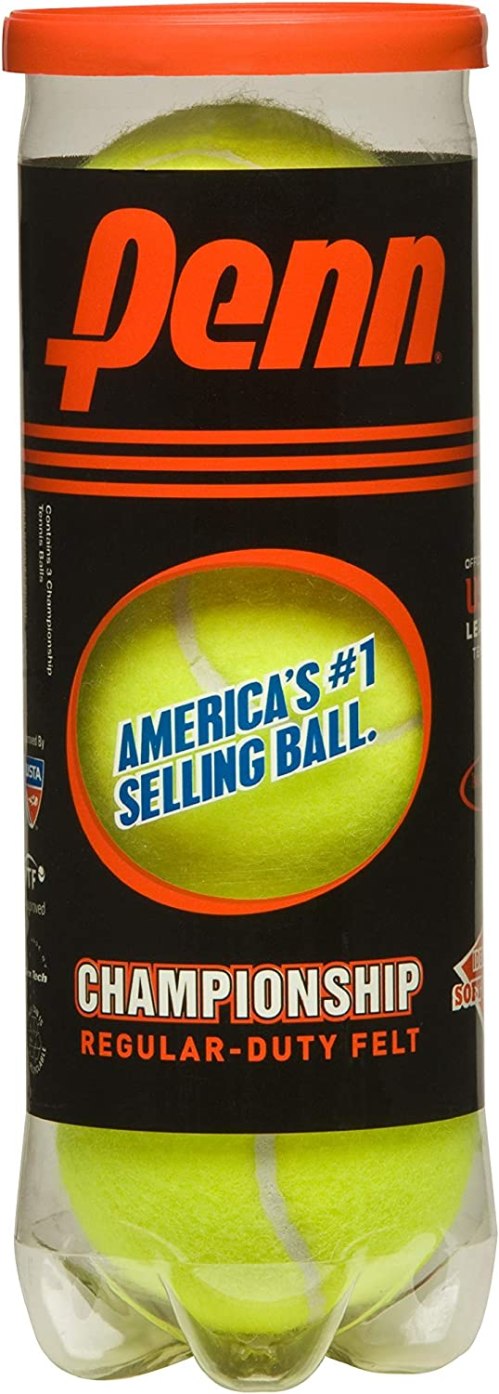
Penn Championship Tennis Balls — $8.00

YogaToes Toe Stretcher & Separator — $37.00
8. The differences between walking and running shoes
Walking and running are two different forms of exercise, so it would make sense to wear shoes specifically suited for each. Podiatrists say your walking shoes should be flat, rigid, and heavy, while your running shoes should be flexible, contoured, and light.
As with all shoes, consider your own physical makeup and exercise habits when shopping for running and walking sneakers. New York City podiatrist Nelya Lobkova, DPM, previously told Well+Good that the New Balance Fresh Foam X 880v12 is her all-time favorite sneaker for running, while the wide ON Cloudventure sneaker offers great support for everyday walking.
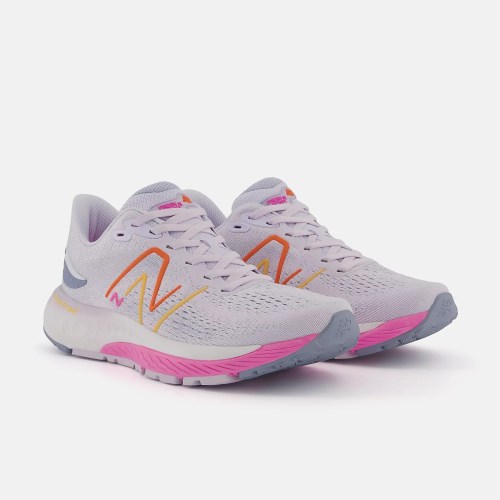
Fresh Foam X 880v12 — $105.00

ON Cloudventure — $150.00
9. The benefits of a foot facial
We treat our faces to luxurious skin-care routines, so why not do the same for our feet? Well+Good beauty writer Kara Jillian Brown revealed what it’s like to get a ‘foot facial’ from aesthetic podiatrist and podiatric foot surgeon Suzanne Levine, DPM. According to Brown, foot facials go beyond your standard salon pedicure.
During the 45-minute appointment, Dr. Levine carefully scraped off Brown’s old callouses and blisters, applied detoxifying masks to the entire foot, massaged hydrating creams into her skin, and examined her feet for signs of infection. Besides being a fabulous way to pamper her toes, Brown says this foot facial provided valuable insight into her overall foot health.
10. How to properly prep our feet for boot season
While we’re well into boot season, it’s never too late to adjust your boot and foot-care habits to be more comfortable and kind to your soles. Boots tend to be more rigid and constraining than other types of shoes and commonly cause blisters, cracked heels, bunions, and even pinched nerves, so it’s worth rebooting your routine to avoid such issues.
To that end, stretching your boots with a shoe stretching spray and stretcher tool can soften and loosen too-tight boots, preventing discomfort. Replacing worn-out insoles with podiatric Dr. Scholl’s inserts can add support with every stride. And aside from properly adjusting your boots, podiatrists recommend getting a pedicure to prevent ingrown toenails as well as slathering your feet in petroleum jelly to prevent dry skin during the colder months.

FootMatters Professional Boot & Shoe Stretch Spray — $10.00

FootFitter Premium Professional 2-Way Shoe Stretcher — $60.00
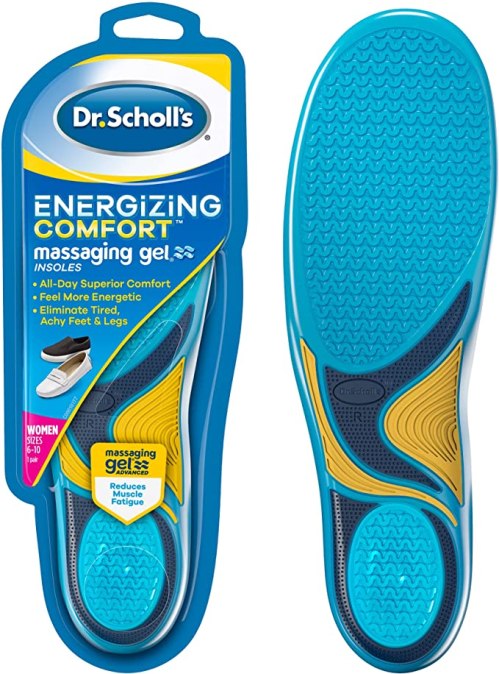
Dr. Scholl’s Energizing Comfort Massaging Gel Insoles — $10.00
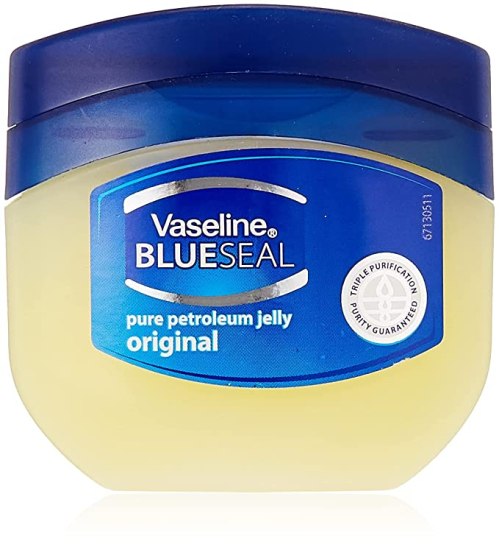
Vaseline Petroleum Jelly — $4.00
Sign up for the Well+Good SHOP Newsletter
Get exclusive deals on wellness, beauty, fitness, and food products that have been hand-picked by our editors.
Got it, you've been added to our email list.
